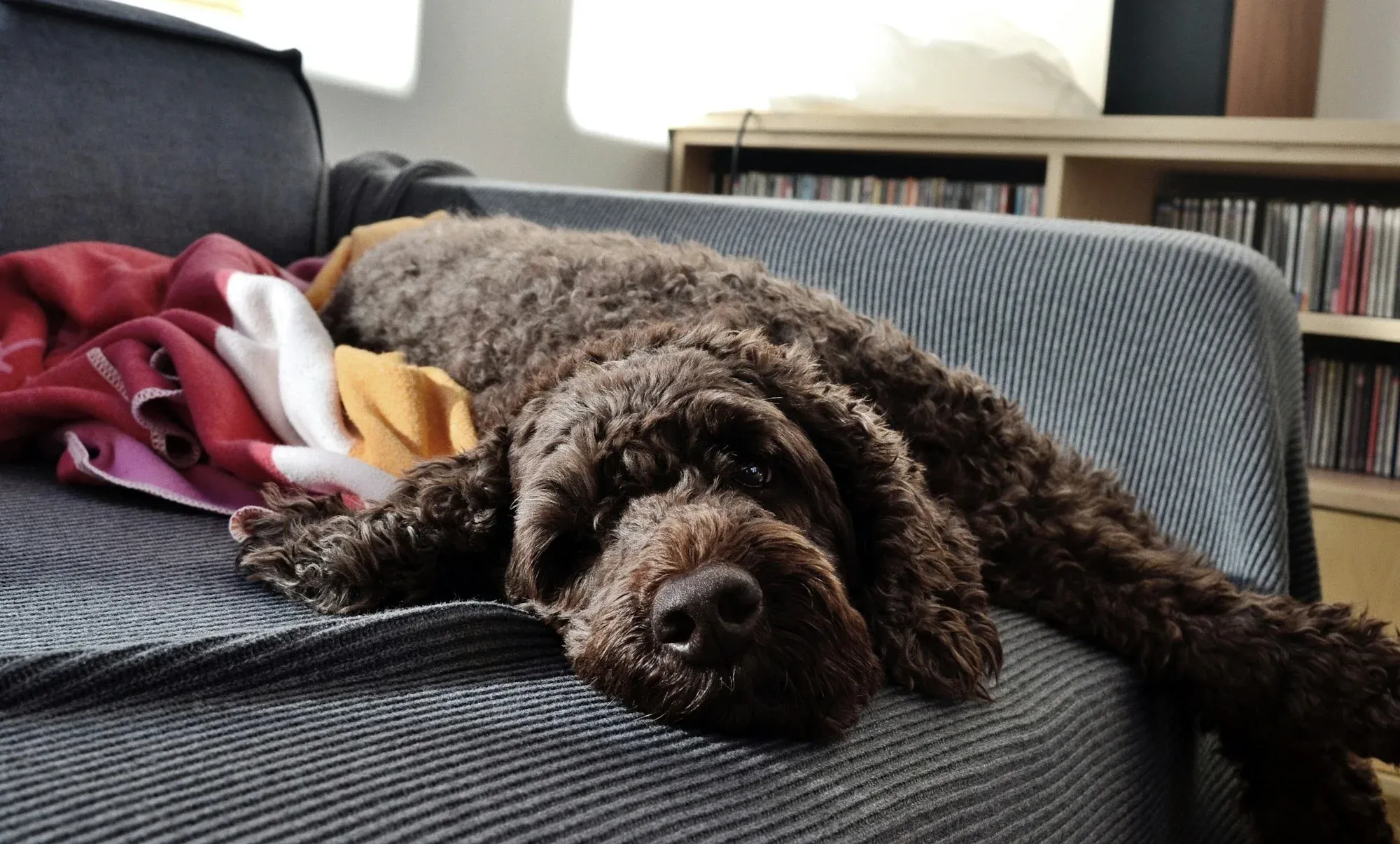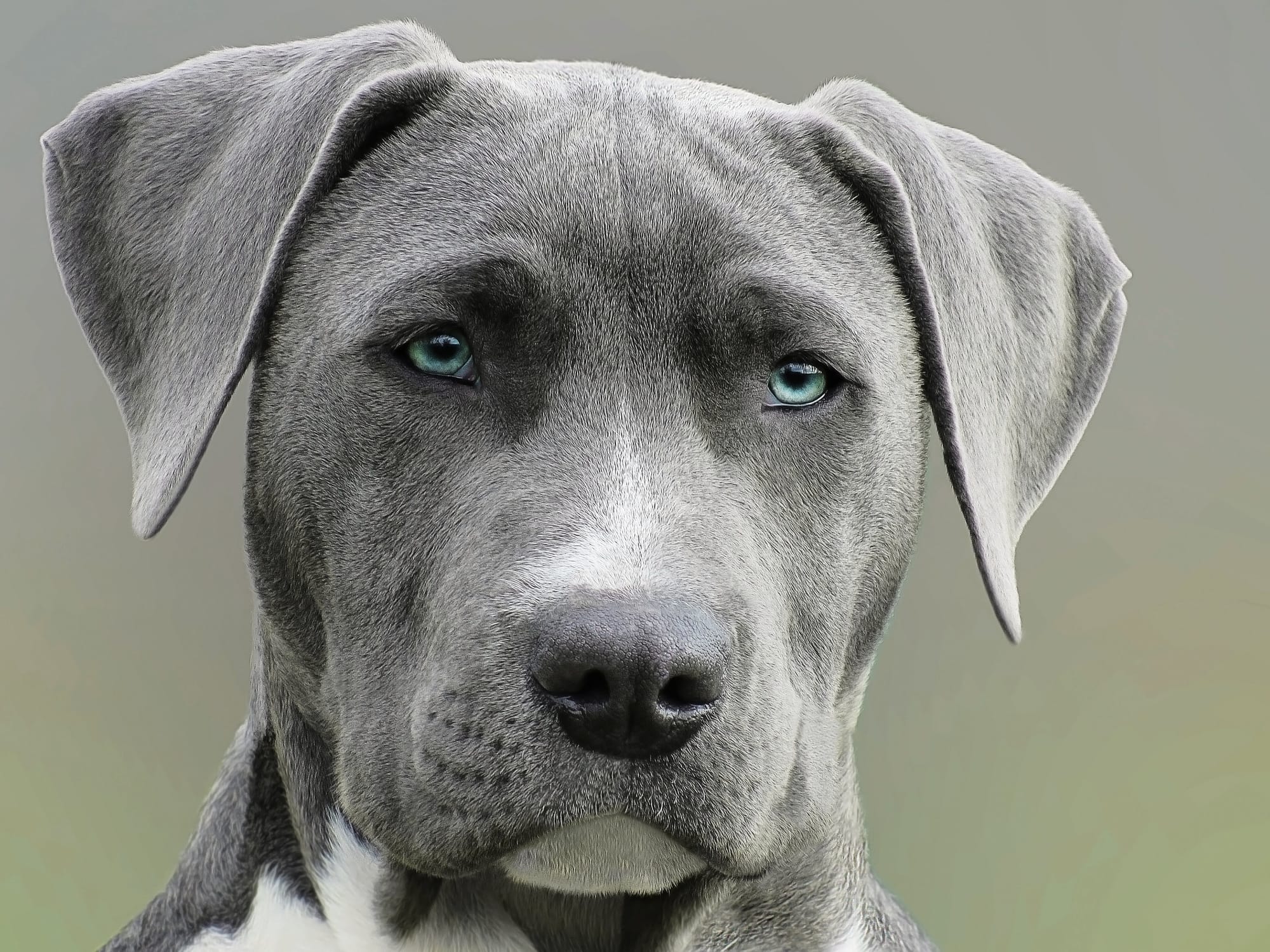You’re considering adding a Goldendoodle to your family, but with so many generations to choose from, how do you know which one is right for you? Look no further! In this blog post, we’ll explore the wonderful world of F1 Goldendoodles and how they differ from other doodle generations. By the end, you’ll have a deeper understanding of this lovable breed and be better equipped to decide if an F1 Goldendoodle is the perfect addition to your family.
Key Takeaways
- F1 Goldendoodles are an intelligent, friendly and hypoallergenic pet with a unique genetic makeup.
- They offer great health benefits, low maintenance coats and grooming needs plus they make excellent family pets!
- When selecting a breeder look for one that has GANA certification & offers health testing & guarantees to ensure your pup is healthy.
Understanding the F1 Goldendoodle
An F1 Goldendoodle is a first-generation mix of a purebred Golden Retriever and a purebred Poodle, resulting in a 50/50 blend of the best traits from both parent breeds. These adorable “doodles” inherit the friendly personality of the Golden Retriever and the intelligence and hypoallergenic coat of the Poodle.
But there’s more to these lovable pups than meets the eye. We will examine their genetic makeup, physical characteristics, and temperament in detail.
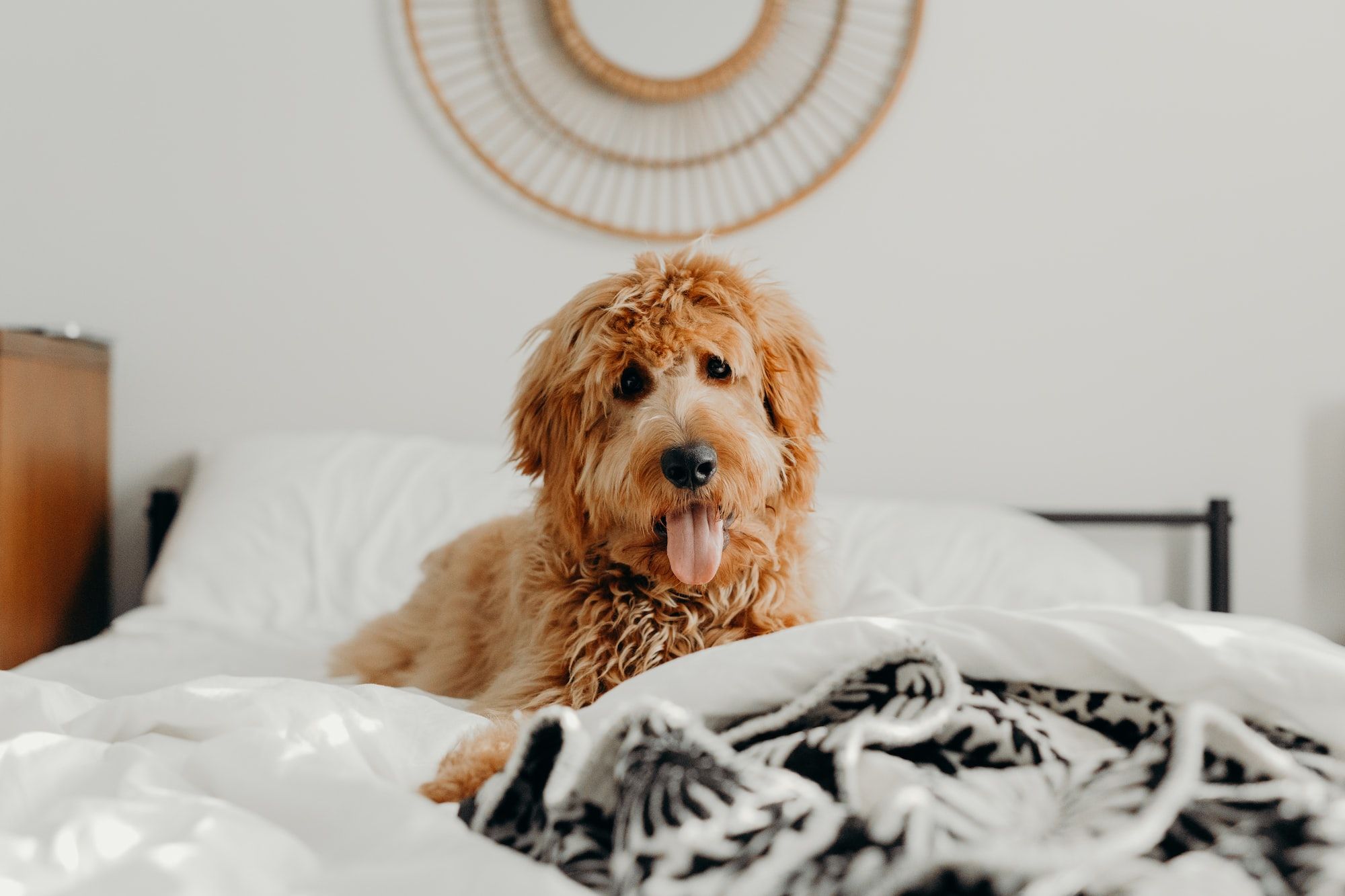
Genetic Makeup
The F1 Goldendoodle is a perfect blend of its purebred parents, with a 50/50 mix of Golden Retriever and Poodle genes. This diverse genetic profile brings a range of physical characteristics and hybrid vigor, often resulting in better overall health than their purebred parents.
When it comes to Goldendoodle generations, the first generation Goldendoodle, also known as F1, is the initial cross and often boasts a wavy coat and a teddy bear-like appearance.
Physical Characteristics
F1 Goldendoodles can exhibit a variety of coat types, sizes, and colors, depending on the traits inherited from their Golden Retriever and Poodle parents, including specific poodle traits. Their coats are usually loose and wavy, influenced by the size of the Poodle parent, such as a mini Poodle.
Although no dog is truly hypoallergenic, F1 Goldendoodles are generally considered allergy-friendly due to their reduced shedding compared to Golden Retrievers.
Temperament and Personality
F1 Goldendoodles are known for their friendly, intelligent, and affectionate nature, making them ideal family pets. Their easy-going personalities and love for people often make them gentle, calm, and welcoming to strangers.
With their intelligence inherited from their Poodle parent and their friendly disposition from their Golden Retriever parent, F1 Goldendoodles quickly capture the hearts of those who meet them.
Advantages of Choosing an F1 Goldendoodle
There are numerous benefits to choosing an F1 Goldendoodle as your furry companion. Here are some of the advantages:
- Friendly personality of a Golden Retriever
- Fewer health issues than later generations
- Hybrid vigor
- Compatibility with other pets
These lovable doodle breed dogs have a lot to offer.
In addition, their low-shedding and hypoallergenic coats make them a great choice for allergy sufferers. Let’s delve into the advantages of the F1 Goldendoodle.

Health Benefits
One of the key advantages of F1 Goldendoodles is their impressive health. They often experience hybrid vigor, which means they tend to have better overall health than their purebred parents.
This is due to the diverse genetic profile of the F1 Goldendoodle, reducing the risk of hereditary health issues that may be present in later generations.
Coat and Grooming
F1 Goldendoodles typically have low-shedding coats, making them easier to groom and maintain. Their wavy coats are not only beautiful but also help reduce shedding, making them more manageable for owners.
This attribute is particularly appealing to those who may have allergies or simply prefer a dog with minimal shedding.
Family-Friendly Nature
F1 Goldendoodles are renowned for their gentle and loving personalities, making them excellent companions for families with children. Their friendly and easy-going nature allows them to adapt well to various family dynamics, making them a popular choice for families of all sizes.
Whether you have young children or are simply looking for a loving companion, an F1 Goldendoodle is sure to be a perfect fit.
Allergies and Shedding: F1 Goldendoodles' Impact on Allergy Sufferers
For those with allergies, the prospect of owning a dog may seem daunting. However, F1 Goldendoodles offer hope for allergy sufferers thanks to their low-shedding coats and hypoallergenic qualities.
This segment discusses how F1 Goldendoodles affect allergy sufferers, touching on shedding levels, hypoallergenic properties, and suggestions for managing allergies.
Shedding Levels
While F1 Goldendoodles do shed, they shed less than Golden Retrievers but more than Poodles. This makes them a suitable option for those with mild allergies who still desire the lovable traits of a Goldendoodle.
Regular grooming can further minimize shedding and help manage allergy symptoms.
Hypoallergenic Qualities
Although no dog is entirely hypoallergenic, F1 Goldendoodles are generally considered allergy-friendly due to their low-shedding coats. This means they are less likely to trigger allergies, making them a more desirable option for allergy sufferers.
Their hypoallergenic qualities make them a popular choice for families with allergy concerns.
Tips for Allergy Management
To minimize allergy symptoms when living with an F1 Goldendoodle, regular grooming is essential, including brushing and bathing your dog to remove loose hair and dander.
Frequent vacuuming and air purifiers can also help reduce allergens within your home, providing relief for those with allergies.
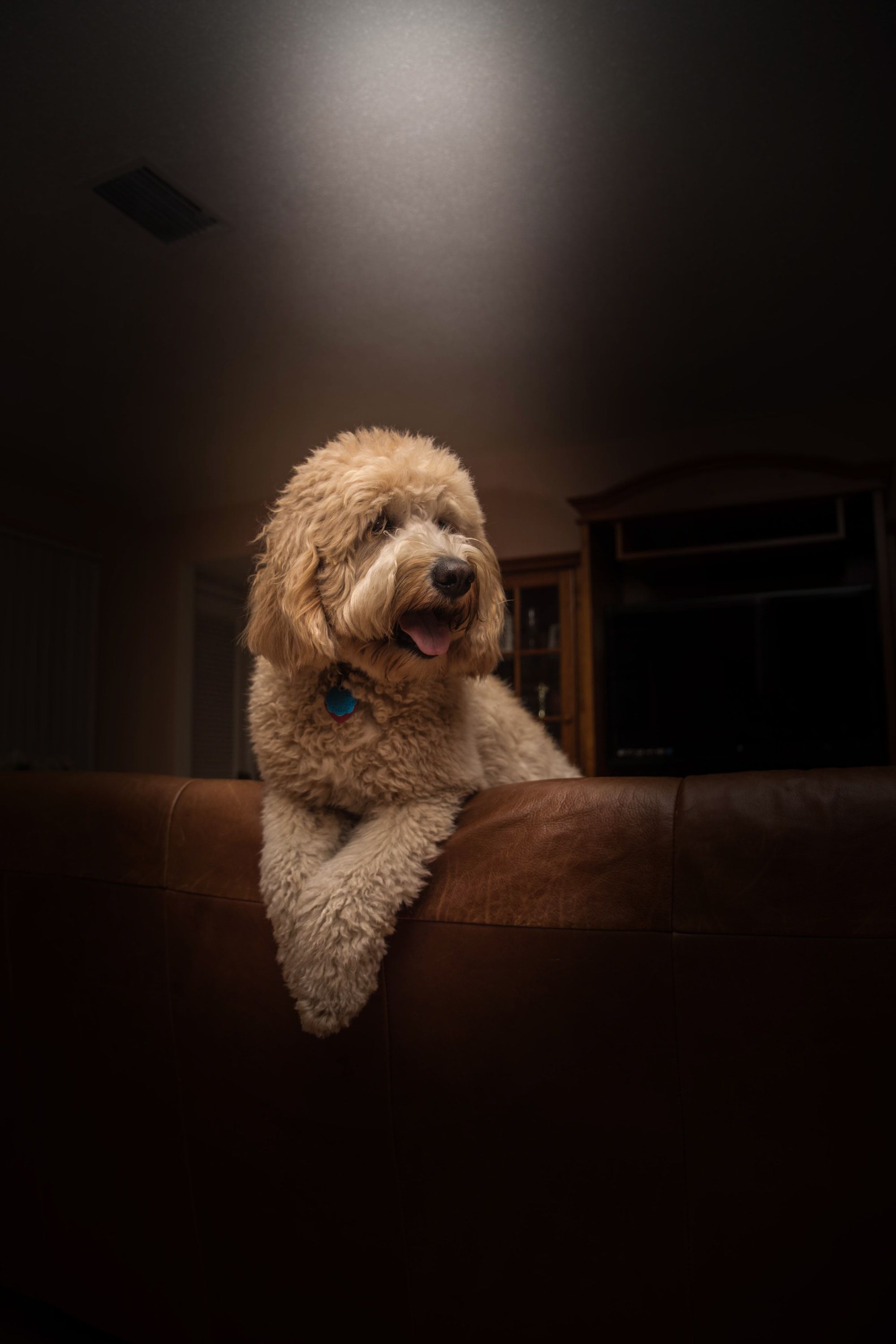
Training and Socialization of F1 Goldendoodles
Proper training and socialization are fundamental for the development of your F1 Goldendoodle into a well-rounded, confident dog.
This part shares useful tips and techniques for training and socializing your F1 Goldendoodle, along with potential challenges you may encounter during the process.
Training Techniques
F1 Goldendoodles are intelligent and eager to please, making them highly trainable using positive reinforcement methods. Their intelligence, combined with their innate desire to please their owners, allows F1 Goldendoodles to quickly learn new commands and behaviors.
Utilize rewards, praise, and patience to ensure a successful training experience for both you and your F1 Goldendoodle.
Socialization Strategies
Early socialization is crucial for F1 Goldendoodles to develop into well-rounded, confident dogs. Introducing them to a variety of people, animals, and environments at a young age will help them become more adaptable and comfortable in different situations.
Utilize playdates, walks, and dog parks to expose your F1 Goldendoodle to new experiences and social interactions.
Potential Challenges
Some F1 Goldendoodles may inherit stubborn or independent traits, requiring patience and consistency during training. Be prepared to devote time and effort into training your F1 Goldendoodle, and maintain a positive and patient attitude throughout the process.
Overcoming these challenges will result in a well-trained and happy F1 Goldendoodle, making all your hard work worthwhile.
Comparing F1 Goldendoodles to Other Generations
Given the variety of Goldendoodle generations, comprehending the differences and similarities between them is vital. This segment contrasts:
- F1 Goldendoodles
- F1B Goldendoodles
- F2 Goldendoodles
- Multigenerational Goldendoodles
Emphasizing their distinctive qualities and traits.
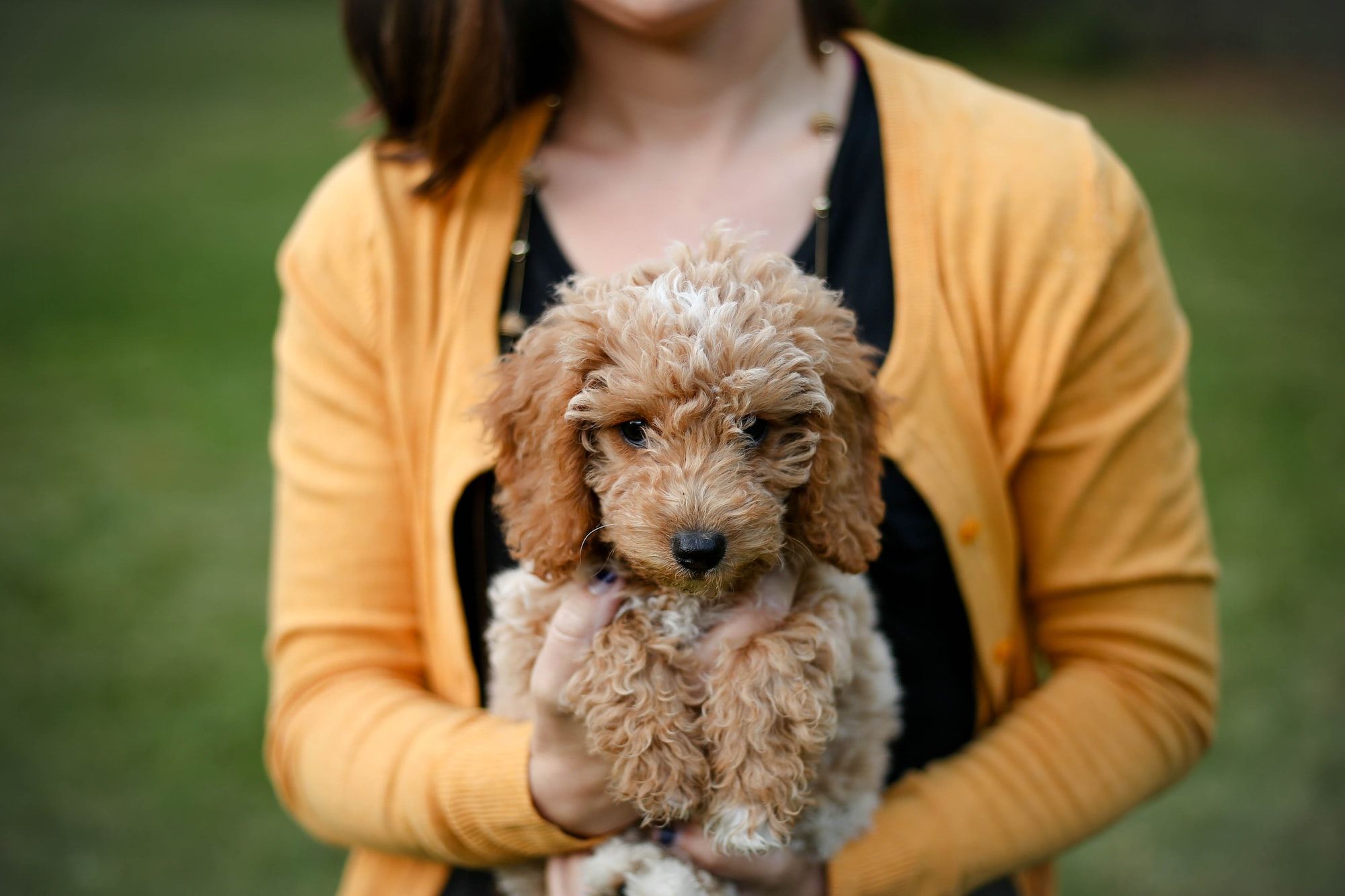
F1B Goldendoodles
F1B Goldendoodles are a combination of an F1 Goldendoodle and a Poodle. This mix consists of 75% Poodle and 25% Golden Retriever. This genetic makeup produces a curlier coat, making them even more hypoallergenic than F1 Goldendoodles.
F1B Goldendoodles are an excellent option for those with allergies or those who prefer a curly coat, as their curlier curly coats are more hypoallergenic.
F2 Goldendoodles
F2 Goldendoodles are a cross between two F1 Goldendoodles, producing a more predictable coat type and temperament. These second-generation Goldendoodles inherit a 50/50 mix of Golden Retriever and Poodle genes, just like their F1 counterparts.
With a more predictable coat and temperament, they offer a great balance between the traits of their high shedding parents, as breeders aim to avoid breeding straight coated dogs. By focusing on the best qualities of the parent breeds, a more desirable outcome is achieved.
Multigenerational Goldendoodles
Multigenerational Goldendoodles, also known as generation goldendoodle or doodle generations, are bred from multiple generations of Goldendoodles, offering a variety of coat types, sizes, and colors. Their diverse genetic makeup provides a wide range of options for potential owners, allowing you to find the perfect Goldendoodle to suit your preferences and lifestyle.
Goldendoodles are known for their intelligence, loyalty, and affectionate nature, making
Selecting a Reputable Breeder for Your F1 Goldendoodle
Selecting an appropriate breeder for your F1 Goldendoodle is pivotal to secure a healthy and joyful puppy. This segment offers guidance on identifying a responsible breeder, touching on aspects like GANA certification, health testing, and ethical breeding practices.
GANA certification is a good place to start. This certification ensures that the breeder is
GANA Certification
When searching for a reputable breeder, look for those with Goldendoodle Association of North America (GANA) certification. GANA sets high breeding standards for Goldendoodles, ensuring that certified breeders prioritize the health and well-being of their dogs and adhere to ethical breeding practices.
Choosing a GANA-certified breeder guarantees a quality Goldendoodle puppy from a responsible and knowledgeable breeder.
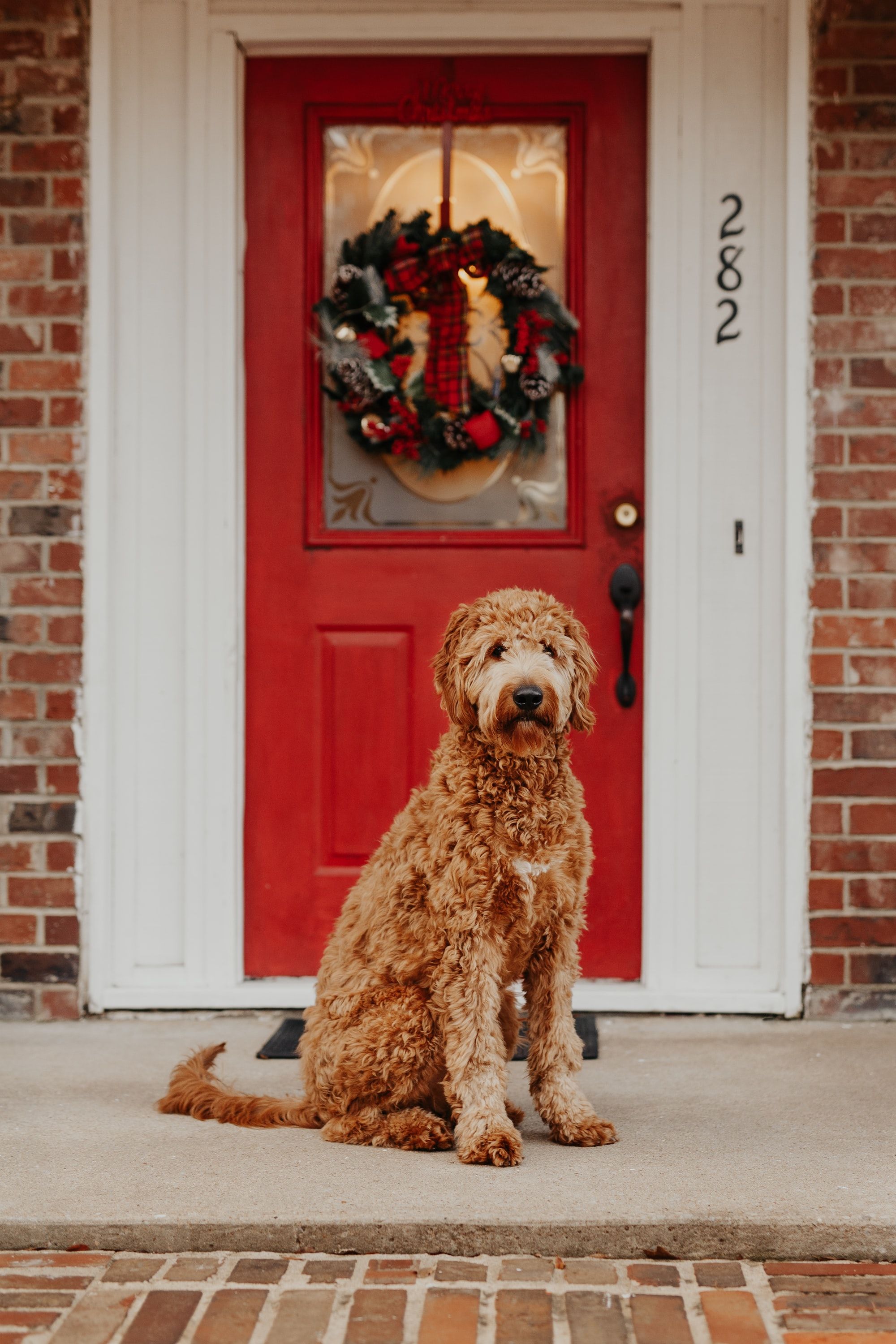
Health Testing and Guarantees
Reputable breeders will conduct thorough health testing on their breeding dogs and offer health guarantees for their puppies. Health testing helps identify and prevent any genetic health conditions, ensuring that your F1 Goldendoodle is born healthy and has the best possible health outcomes.
Look for breeders who provide health guarantees, covering genetic health conditions for a certain number of years.
Breeder Ethics and Practices
Choose a breeder who prioritizes the health and well-being of their dogs and adheres to ethical breeding practices. Ethical breeding involves ensuring the welfare of the breeding dogs, performing DNA testing, and prioritizing the health and quality of the Goldendoodles.
A responsible breeder will be transparent about their practices and be happy to answer any questions you may have.
Caring for Your F1 Goldendoodle: Tips and Tricks
Once you’ve brought home your F1 Goldendoodle, it’s essential to provide them with the best care possible to ensure a long, healthy, and happy life.
In this section, we’ll share tips and tricks for providing the best care for your F1 Goldendoodle, including nutrition, exercise, and grooming.
Nutrition and Feeding
A balanced diet tailored to your F1 Goldendoodle’s specific needs is crucial for their overall health and well-being. This includes providing high-quality proteins, healthy fats, and essential fatty acids to support their growth and development.
Ensure that their diet is suitable for their age, size, and activity level, and feed them at regular intervals, making sure they always have access to fresh water.
Exercise and Mental Stimulation
Regular physical activity and mental stimulation are crucial for your F1 Goldendoodle’s happiness and health. Daily walks, playtime, and mental stimulation activities such as puzzle toys, fetch, and hide-and-seek will keep your Goldendoodle engaged and active.
Ensuring that your F1 Goldendoodle receives adequate exercise and mental stimulation will contribute to their overall well-being and happiness.
Grooming and Maintenance
Regular grooming is essential for maintaining your F1 Goldendoodle’s coat and overall health. Brushing, bathing, and trimming their nails should be part of their regular grooming routine. Using a slicker brush and comb, brush your Goldendoodle’s coat daily to keep it in tip-top shape.
Regular grooming not only keeps their coat healthy but also helps reduce shedding and manage allergy symptoms.
F1 Goldendoodle Success Stories: Real-Life Examples
F1 Goldendoodles have touched the lives of many families, providing love, companionship, and support in various forms.
This segment shares real-life instances of F1 Goldendoodles thriving as therapy and service dogs, as well as cherished family pets.
Therapy and Service Dogs
F1 Goldendoodles’ intelligence and gentle nature make them excellent candidates for therapy and service work. Their friendly disposition and intuitive understanding of human emotions make them ideal for providing emotional and physical support to those with disabilities, illnesses, or other special needs.
From assisting people with physical disabilities to providing comfort to hospice patients, F1 Goldendoodles prove to be invaluable companions in various therapy and service roles.
Family Pets
F1 Goldendoodles are known for their loving and adaptable personalities, making them wonderful additions to families of all sizes. Their gentle and affectionate nature makes them excellent companions for children and adults alike.
With their intelligence and friendly disposition, F1 Goldendoodles quickly capture the hearts of those who meet them, becoming cherished members of countless families.
Summary
In conclusion, F1 Goldendoodles are a fantastic breed that offers a unique blend of characteristics from both the Golden Retriever and Poodle parent breeds. With their friendly personalities, hypoallergenic coats, and low-shedding features, F1 Goldendoodles are an excellent choice for families looking for a loving and adaptable companion. By understanding the different generations of Goldendoodles, selecting a reputable breeder, and providing proper care, you can ensure a happy and healthy life for your F1 Goldendoodle.
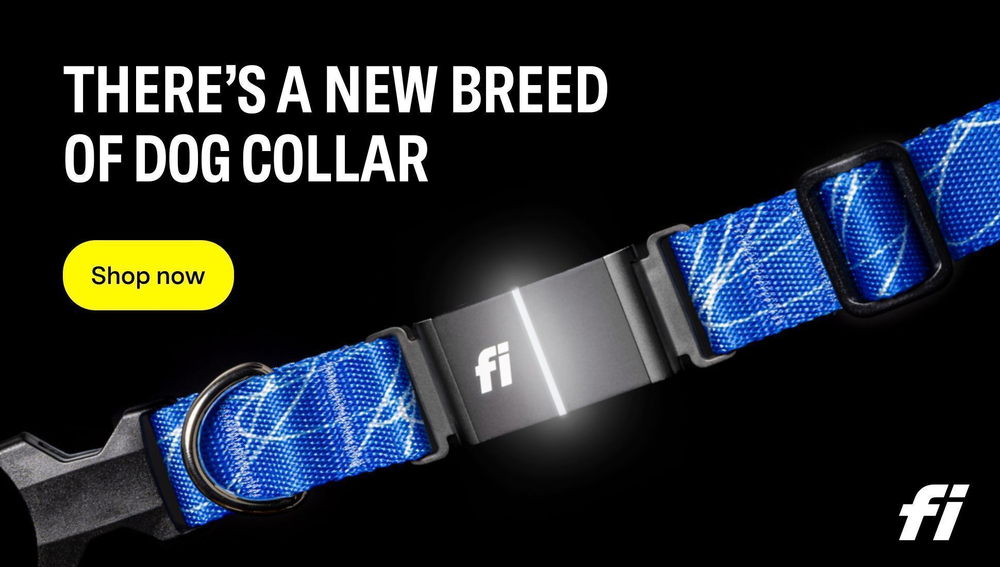
Frequently Asked Questions
What is a F1 Goldendoodle?
A F1 Goldendoodle is a first generation cross between a purebred Golden Retriever and a purebred Poodle.
Which is better F1 or F1B Goldendoodle?
For pet owners with allergies, an F1B Goldendoodle is often the best choice since they tend to have more of the Poodle gene and thus less shedding. However, if you are looking for a more balanced temperament or low-shedding coat, an F1 Goldendoodle could be your best option.
Is F1 doodle good?
The F1 generation of Goldendoodles offers hybrid vigor and is healthier than purebred parents, making them a good choice for those wanting to preserve Golden Retriever traits. Moreover, they have been proven to have better longevity. However, they cannot be guaranteed to be non-shedding.
How big does a F1 Goldendoodle get?
The F1 Goldendoodle can reach up to 24 inches in height and weigh between 45 and 100 pounds, making it a medium-to-large breed. It comes in an array of colors including cream, gold, apricot, red, chocolate, black, and silver, which can be either solid or have white markings.
What is f1b goldendoodle?
F1b Goldendoodles are a hybrid between an F1 Goldendoodle and Poodle, resulting in puppies that are 75% poodle and 25% Golden Retriever.
